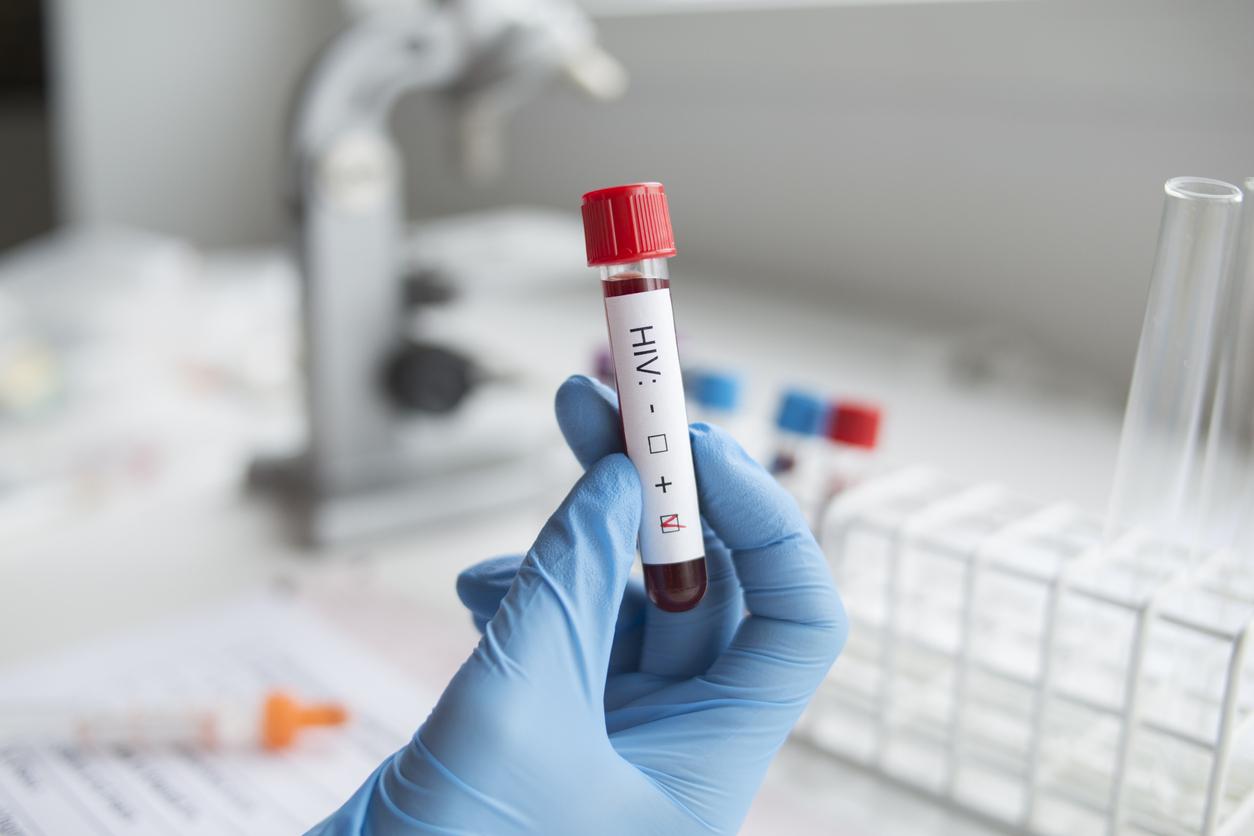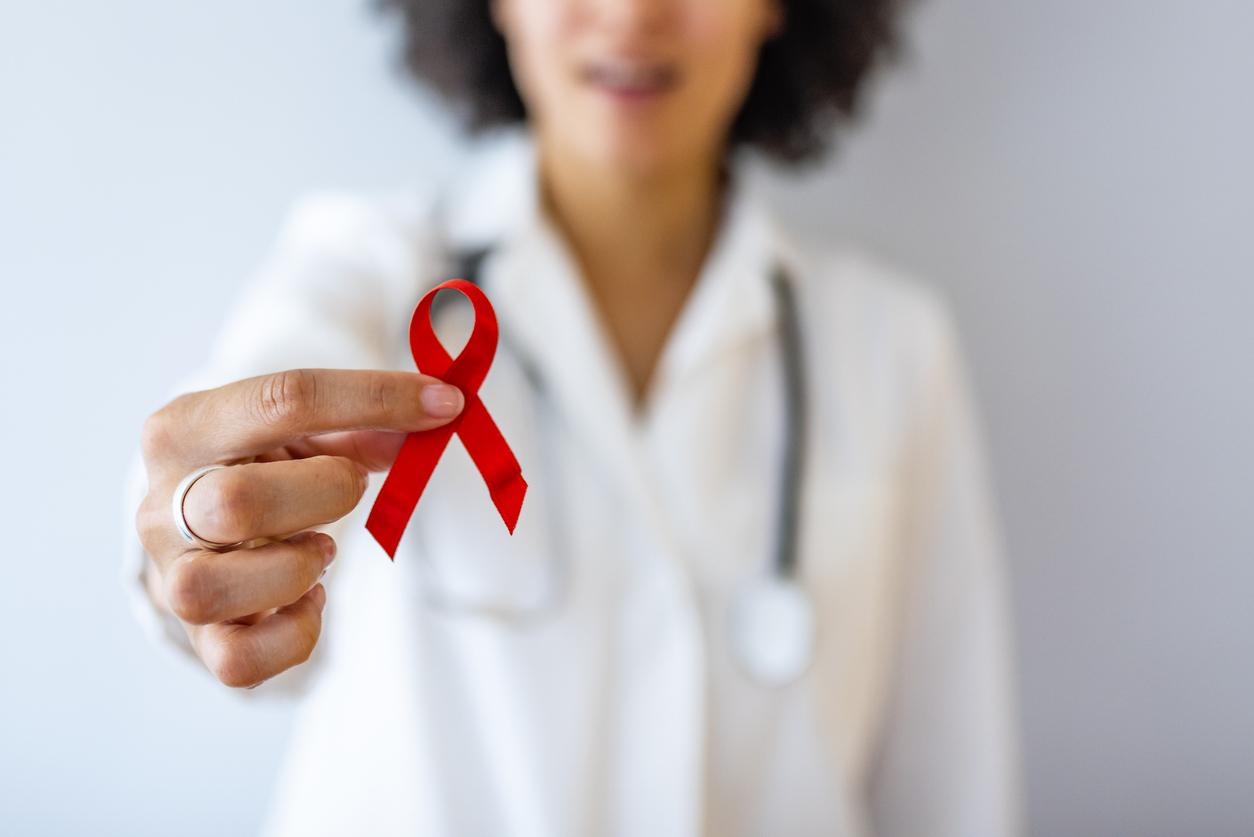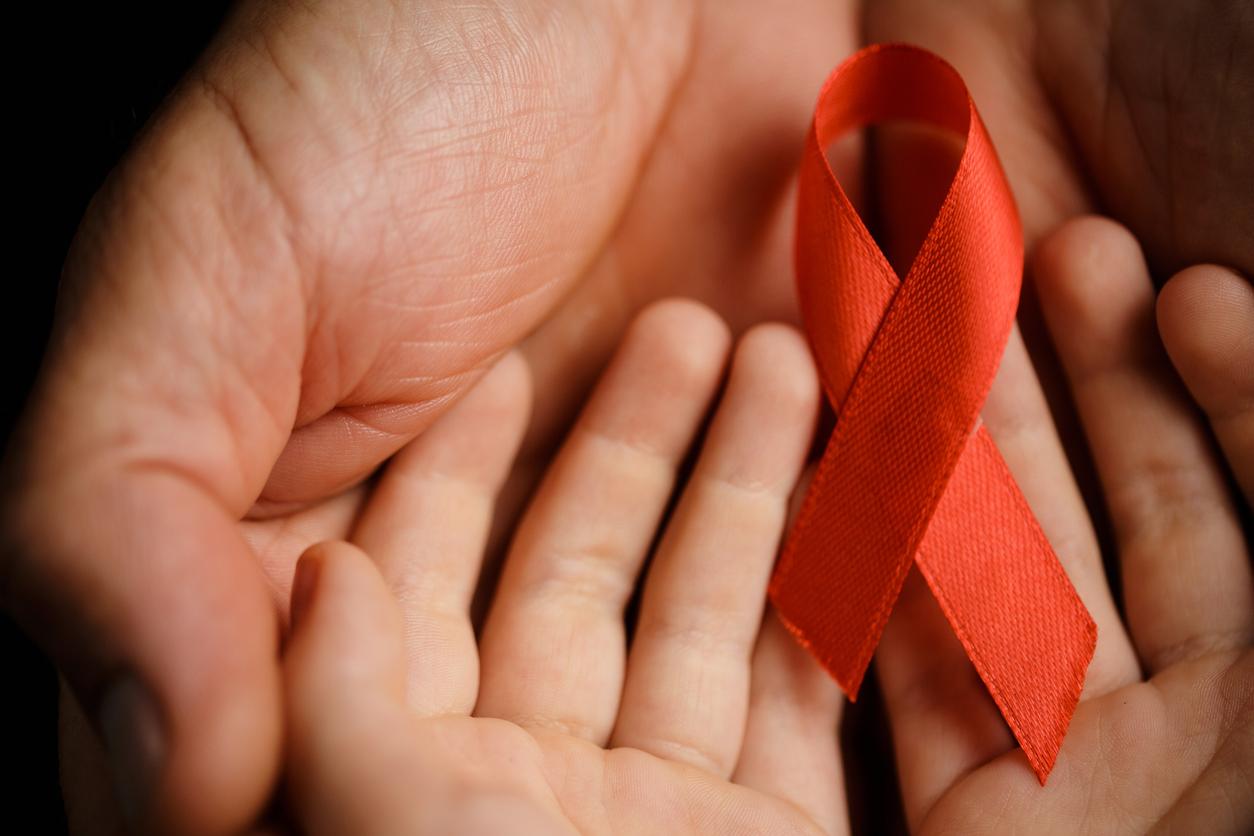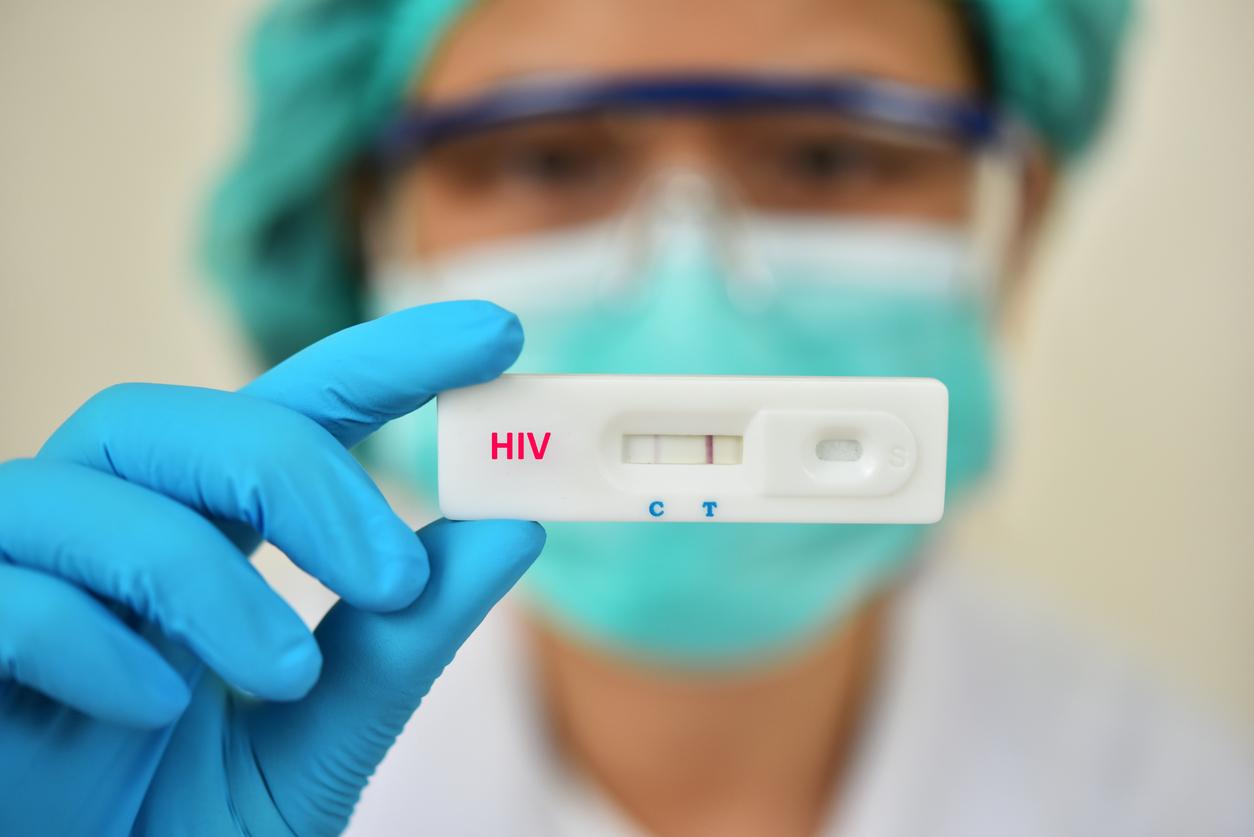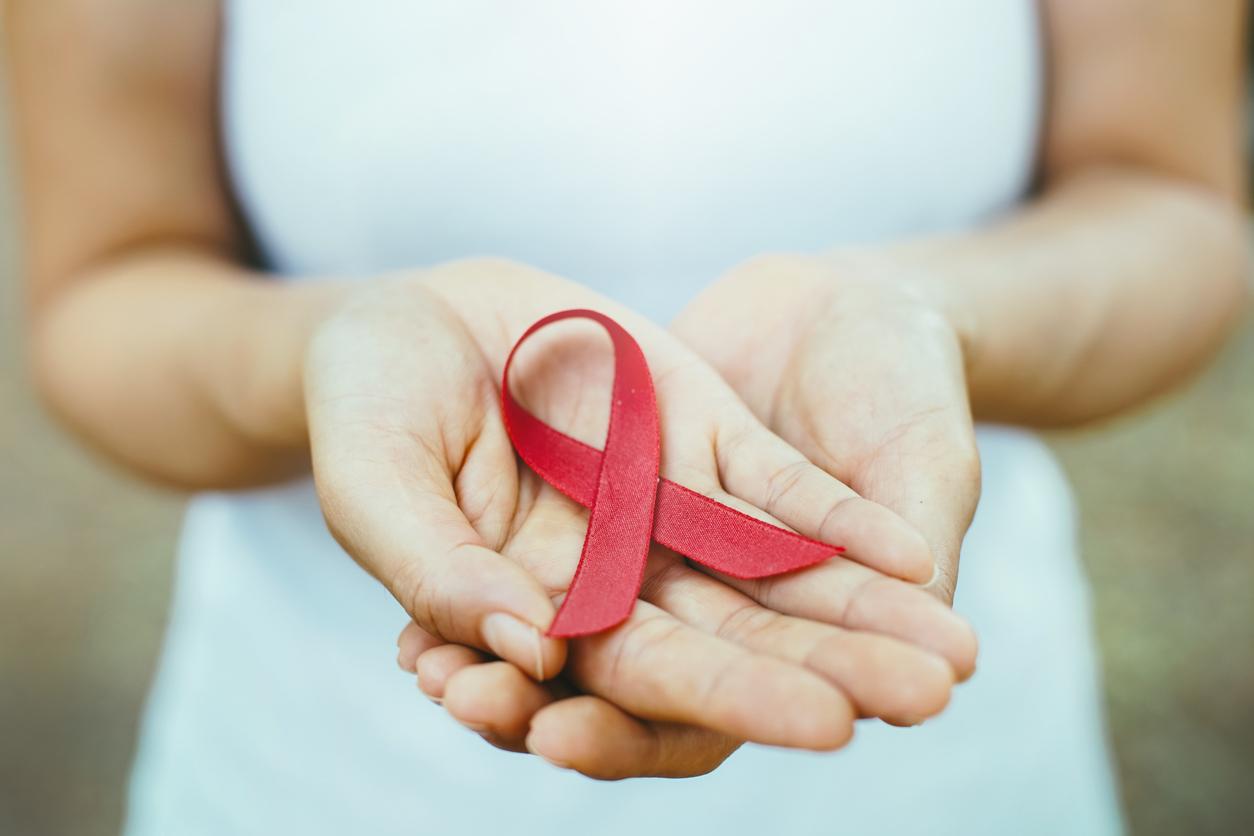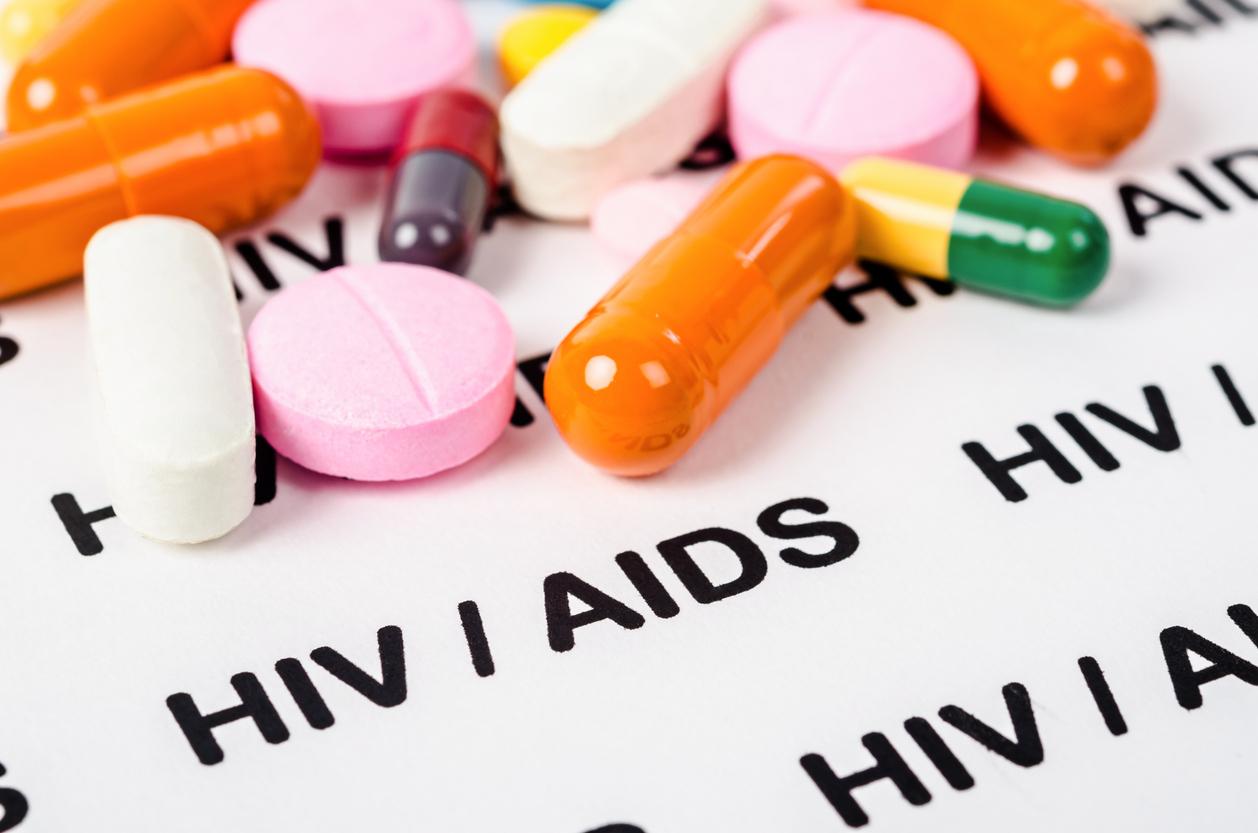Three previous studies had already demonstrated that the circumcision of heterosexual men reduced the risk of infection by 60%by modifying the microbiome of the penis which groups the bacteria which colonize an organ. In circumcised men, the researchers noticed that the bacterial load had decreased. In those who weren’t, the bacterial loads activated cells in the foreskin, preventing them from carrying out their normal antiviral role.
The World Health Organization (WHO) had therefore recommended it as a means of prevention, along with wearing a condom, but some experts feared that the practice would encourage men to abandon this means of protection.
However, a study by the University of Illinois (Chicago), presented Monday at the twentieth international conference on AIDS in Melbourne, found no evidence to substantiate this fear. Just because men are circumcised doesn’t mean they use condoms less. The study shows that risky sexual practices have decreased, while the use of condoms has increased.
“Countries that have held back medical circumcision programs due to lack of evidence of reduced risk should have no further concerns about this,” writes scientist Nelli Westercamp in a statement released by the university.
Vouchers to encourage circumcision
Once circumcision was recommended by the WHO and UNAIDS as a means of prevention in addition to the condom in fourteen countries in eastern and southern Africa, researchers had noticed that many gave up the operation for reasons financial.
Harsha Thirumurthy of the University of North Carolina and her team recruited 1,504 uncircumcised men, aged between 25 and 49, in the Kenyan province of Nyanza. They were divided into several groups, which were offered food vouchers or no compensation at all. 9% of those offered a $15 voucher had surgery within the next two months. 1.9% of those who were offered $2.50 opted for circumcision and only 1.6% of those who were offered nothing agreed.
Even if this increase is “modest”, these results are positive for a continent which is still most affected by the disease (in 2013, 24.7 million people were living with HIV in sub-Saharan Africa, including 2.9 million children).












